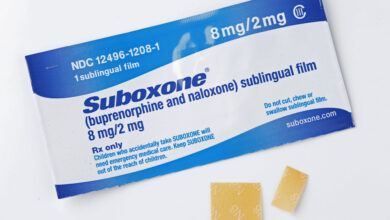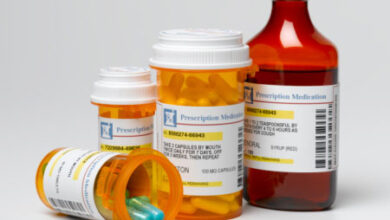

Gabapentin and Neurontin deaths and injuries dramatically increased recently. Contact us to report your injuries and get help. Free case evaluation. Fill out the form on this page or call 424-245-5505. You don’t pay for attorney fees until we win.
If you have lost a loved one or you have suffered from breathing or heart problems or other issues like memory loss and blurry vision, contact us to report exactly what has happened. Free case evaluation.
In a recent article published May 13, 2022 by the Center for Disease Prevention, “Trends in Gabapentin Detection and Involvement in Drug Overdose Deaths — 23 States and the District of Columbia, 2019–2020“, research scientists reported that there are many serious new developments in serious side effects and death resulting from gabapentin use. Contact us for a free case evaluation.
Neurontin, also known as gabapentin, is an anticonvulsant medication and is commonly used off-label to treat pain. Many more people use gabapentin in recent years, and in 2019, 69 million gabapentin prescriptions were dispensed in the United States. It is now the seventh most commonly prescribed medication nationally.
Overdose Epidemic When Combined with Opioids
Although Neurontin is generally considered safe and is infrequently associated with overdose on its own, when used with other central nervous system depressants such as opioids, there is risk for respiratory depression, potentially resulting in death.
U.S. poison control centers gabapentin reports increased by 104% from 2013 to 2017
There are surprising overdose death data reported in the last few years. Among 58,362 deaths with documented toxicology results, a total of 5,687 (9.7%) had gabapentin detected on postmortem toxicology. Gabapentin-involved deaths occurred in 2,975 of 5,687 decedents (52.3%) with a positive gabapentin test result. Across the study period, the demographic characteristics of decedents remained largely similar. Most gabapentin-involved overdose deaths occurred among non-Hispanic White persons (83.2%) and persons aged 35–54 years (52.2%); gabapentin-involved overdose deaths occurred with approximately equal frequency among men (49.7%) and women (50.3%).
Generally gabapentin deaths rose when there was an opioid involved. The percentage of opioid-involved deaths with gabapentin detected remained consistently high, ranging from 85% to 90%. Illicit opioid-involved deaths accounted for 56.8% of overdose deaths.



